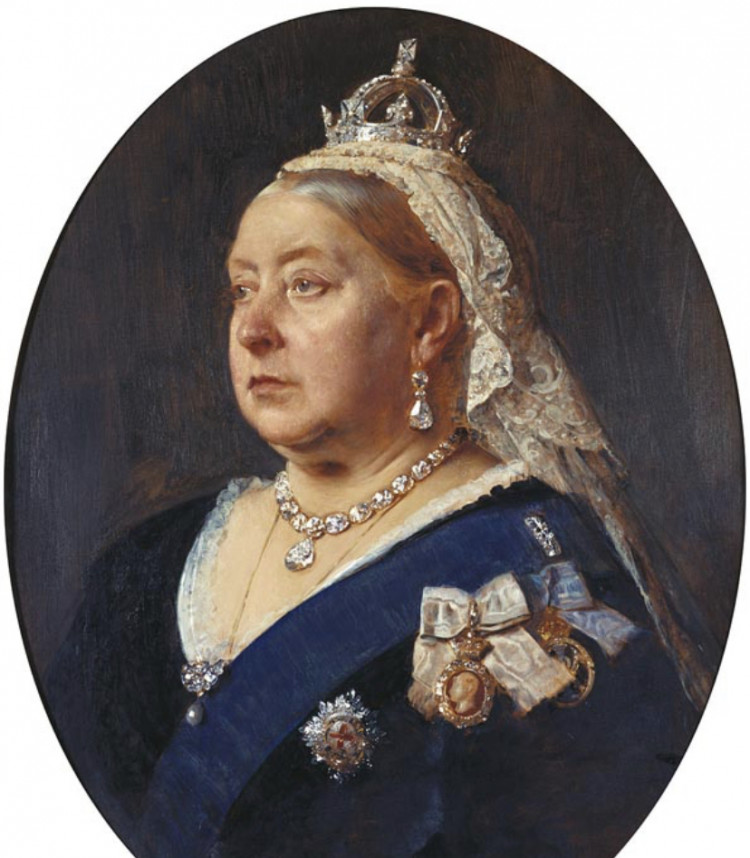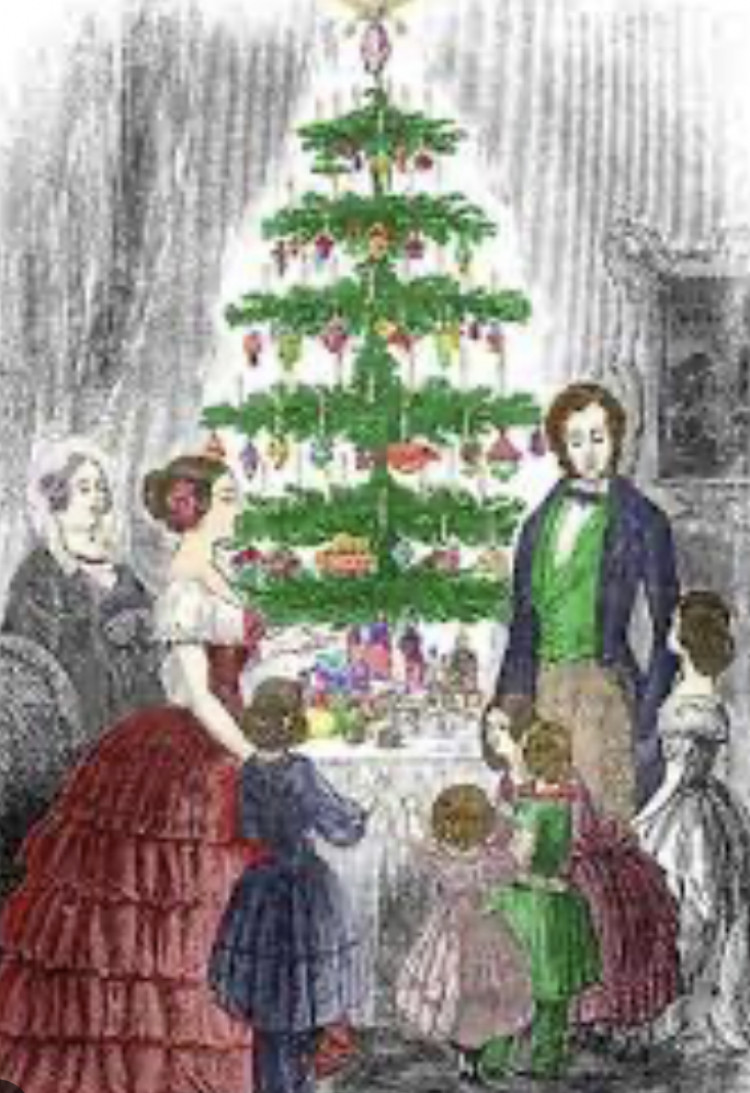Timely and tasty memories
By Susan Yates - Nub News contributor 24th Dec 2022
By Susan Yates - Nub News contributor 24th Dec 2022

THE latest column by our occasional writer Susan Yates, chair of Thurrock History Society, is a timely one.
------------
This column is food for thought.
Have you ever wondered what your grandparents had for lunch on Christmas day or even your ancestors 400 years ago?
What about Neolithic man?
What did he eat all those years ago when celebrating the winter solstice? They gathered at places like Stonehenge where they dined on spit roasted pigs, no apple sauce, and beef used in a stew. They also ate crab apples, hazelnuts, sloes and blackberries.
The Roman festival of Saturnalia celebrated the god Saturn from 17th December for a week. It was a festival of blazing fires and lights. Feasting was at home and slaves would eat with their masters they would even wear each others clothes and sometimes even swap roles.
The food varied from house to house but would have been fine foods washed down with copious quantities of wine. Gifts were also given.
In medieval England monks and nuns had a bland diet consisting of mushy vegetable soup, coarse bread, some fish and cheese and occasionally poultry.
At Christmas the food would include spices and would be of a better quality. There was also fish cooked in wine with herbs, pies of minced meat or offal in thick gravy.
By the 14th century they would have been eating beef, pork and venison and French wine hence their daily calorific intake was in excess of 7,000 calories per day. If you lived in a castle then your usual diet consisted of meat, fish or pottage on a thick slice of bread.
For Xmas you celebrated with a whole boar's head stuffed with bacon salt and spices, spit roasted peacocks and pies. The poor would get soggy bread and leftover pastry from the pies and ale. The rich drank spiced wine.
In Tudor England they took their feasting very seriously. There was lots of meat including, beef, venison, wild boar, badger, black birds and woodcock. It was about this time that turkeys first came to England.
They also had peacock and roasted swan. Christmas pie was another treat. This consisted of a pigeon inside a partridge inside a chicken inside a goose inside a turkey in a pastry case called a coffin. If this wasn't enough it was served with hare and other game birds!
They had a fruit cake known as 12th night cake and they drank hot ale and cider.
The Georgians were lavish diners too with lots of meat including beef, mutton and venison. They also indulged in poultry, goose, turkey, turtle soup, fish, cockles and mussels, mince pies and plum pudding. This would be washed own with lightly spiced ale with honey which tasted like mulled wine.
I remember visiting Audley End House many years ago and the table was set for Christmas 1850.
The feast still included roast meet with beef, mutton etc. Christmas was by this time a family occasion. Roast goose was the order of the day with beef, vension or turkey with chestnut or veal stuffing.
Other food favourites included frumenty for the poor, this was a thick porridge, there was also oyster soup and stuffed roast ham.
It was around this time when vegetables became fashionable with Christmas dinner including Brussel sprouts, cabbage, carrots and potatoes.

Queen Victoria was known to be partial to roast swan.
The Victorians also had 12th night cake, Christmas pudding, mince pies all washed down with punch. If that wasn't enough there was gingerbread, figgypudding (a pudding of sweet and savoury cakes, containing a sour-sweet creamy layer of honey), fruits and nuts, sugar plums, nesselrode pudding (this was frozen custard with cream and preserved fruits, flavoured with rum and chestnut puree). Brandy and mulled wine were the preferred drinks of the day.
The Christmas tree was a Germanic idea.
Some say it came from Martin Luther who said the candles reminded him of the stars on the night of Christ's birth. In
In 1841 Queen Victoria had her first Christmas tree introduced by Prince Albert which made it fashionable and by 1847 the tree was on the royal sideboards decked with 80 wax candles and presents underneath. Because of the German connection the tree was considered taboo during the first world war.

By the 1920s turkey was the most popular meat. The cost was a week's wages for the average person. Nowadays Christmas lunch is usually three courses, a starter, main course and dessert.
Recipes from magazines, radio and tv chefs proliferate the feast with home made soup and Christmas puddings being made and left to mature months before the day.
Everyone has their own recipe for the pudding the Royal recipe was published in 1927. I know my Christmas lunch starts with Melon Frappe, turkey and gammon to follow with roast potatoes and baked carrots followed by Christmas pudding and homemade Brandy Sauce.
My recipe for this is many years old. I wash it down with a glass or two of Champagne. It is strange the more Champagne I drink the better my cooking tastes.
I hope you enjoy your feast, whether it is accompanied by eggnog, wine, brandy or something non-alcoholic have a Happy Christmas stay warm and safe.
CHECK OUT OUR Jobs Section HERE!
thurrock vacancies updated hourly!
Click here to see more: thurrock jobs
Share:
















